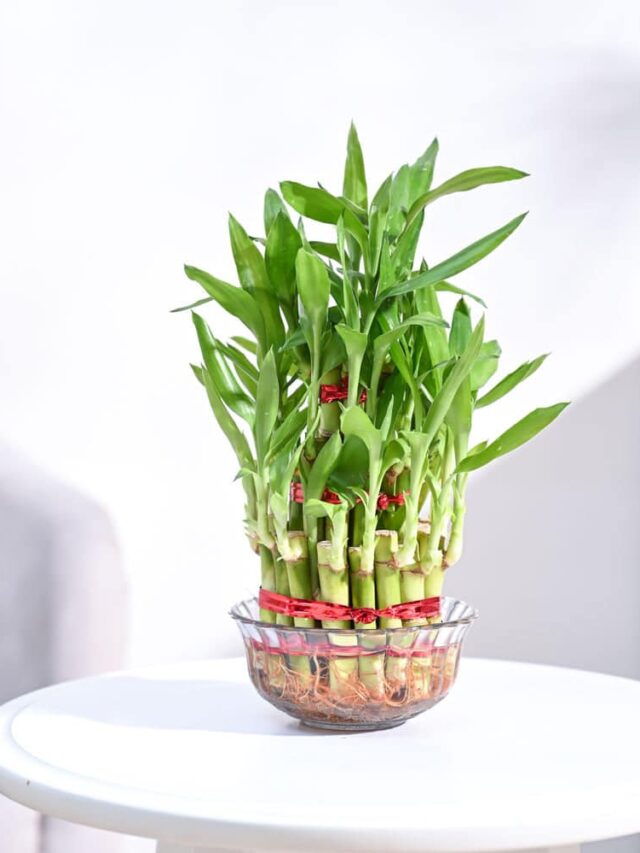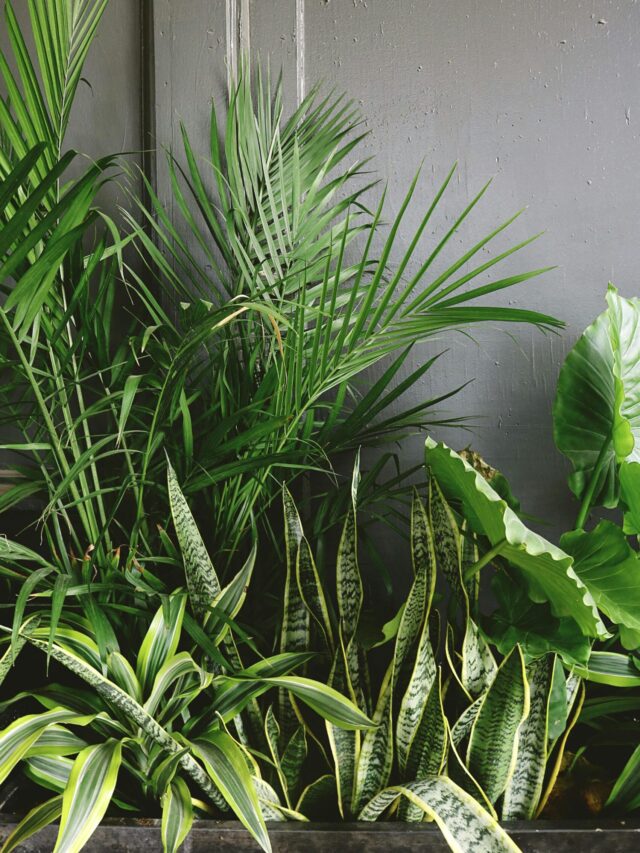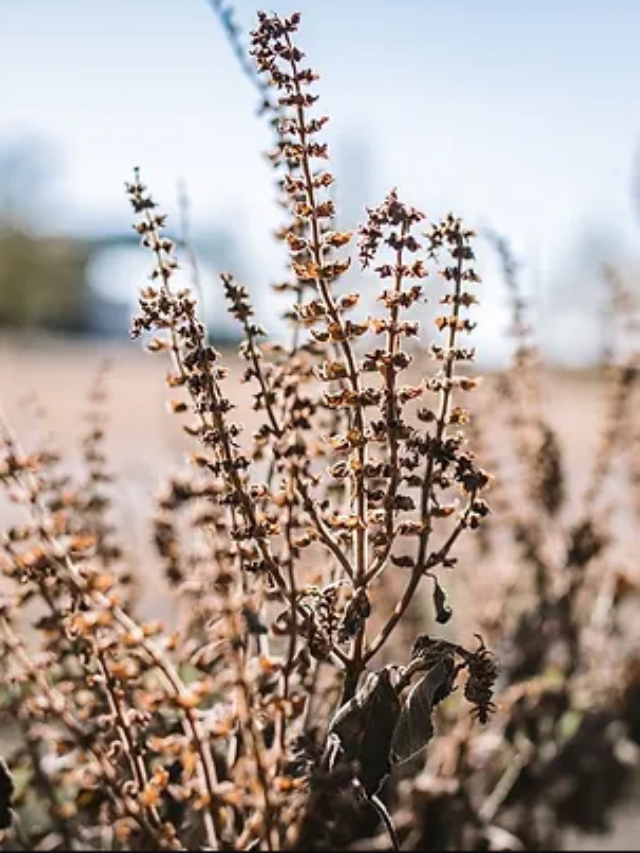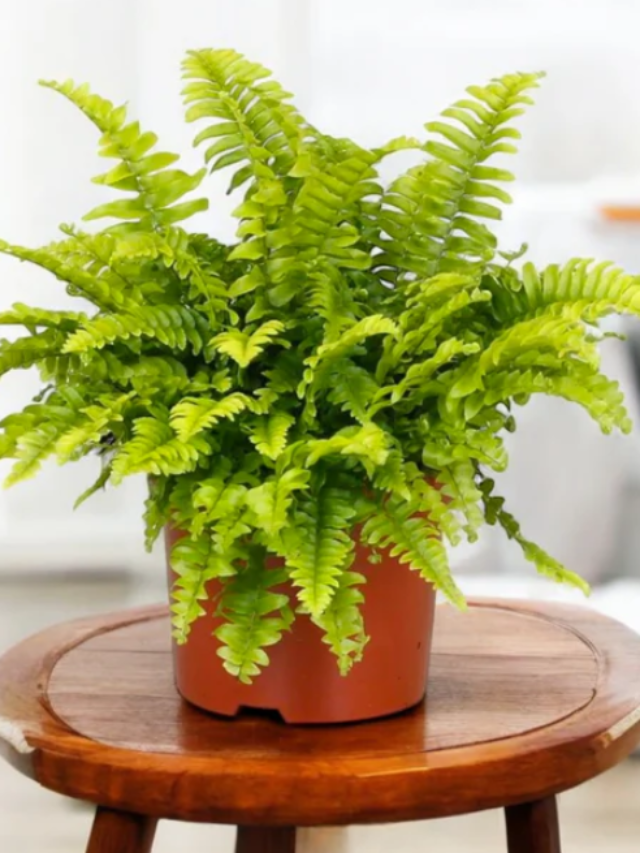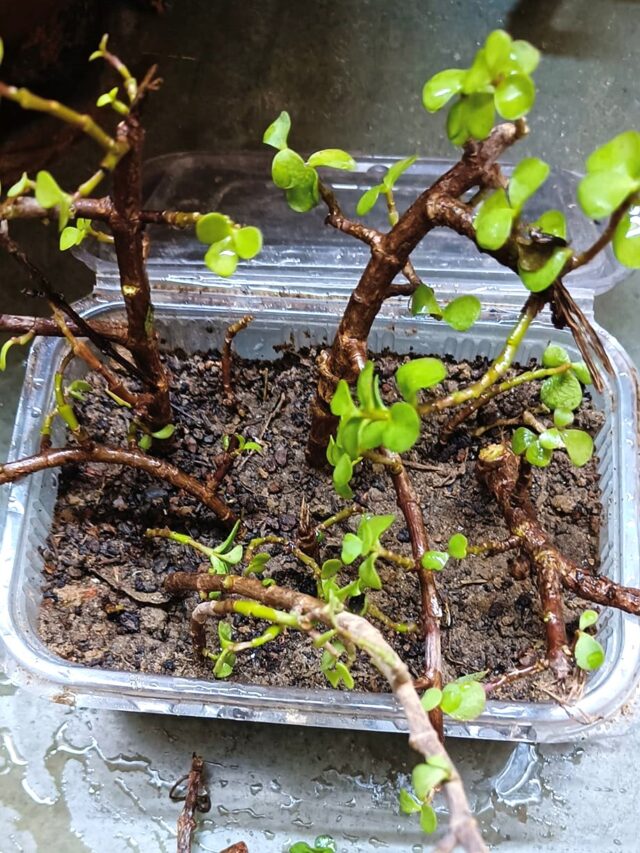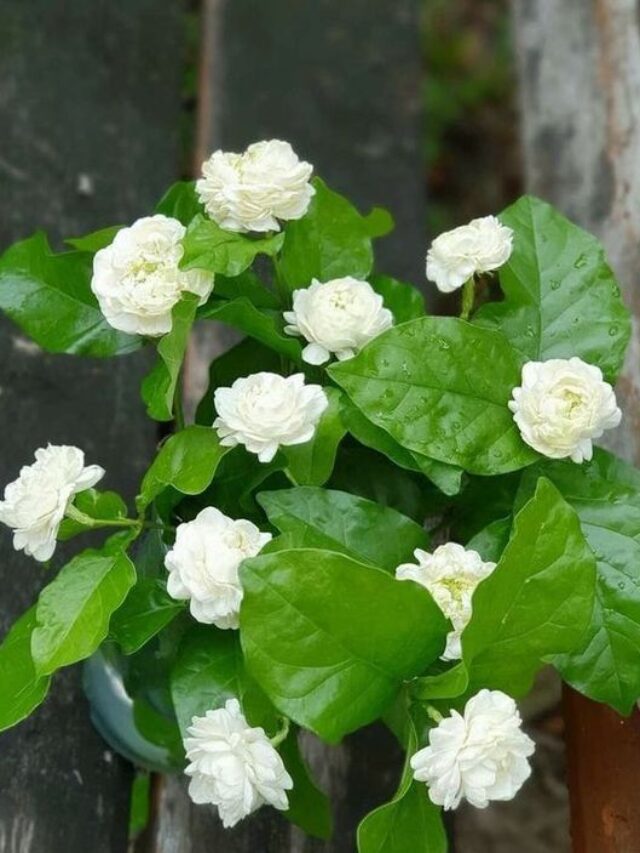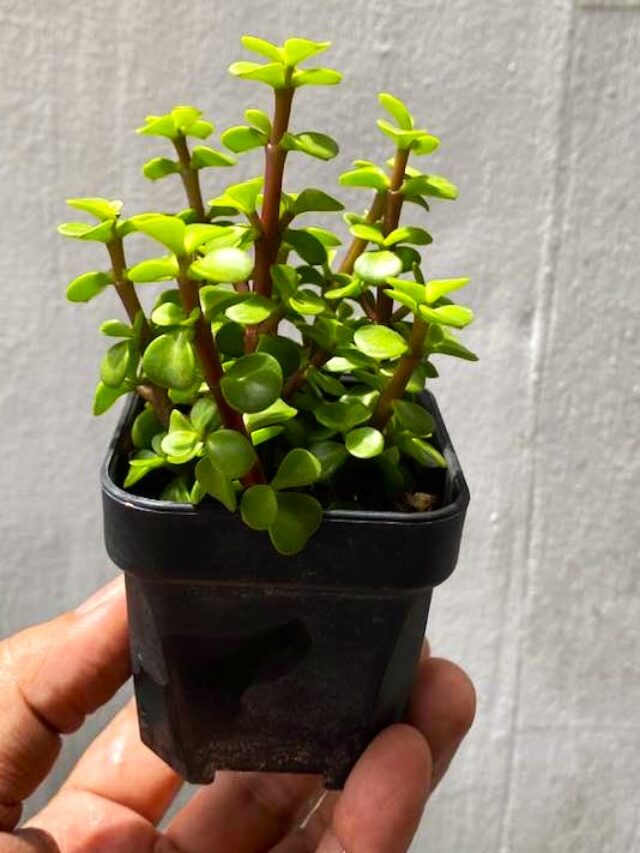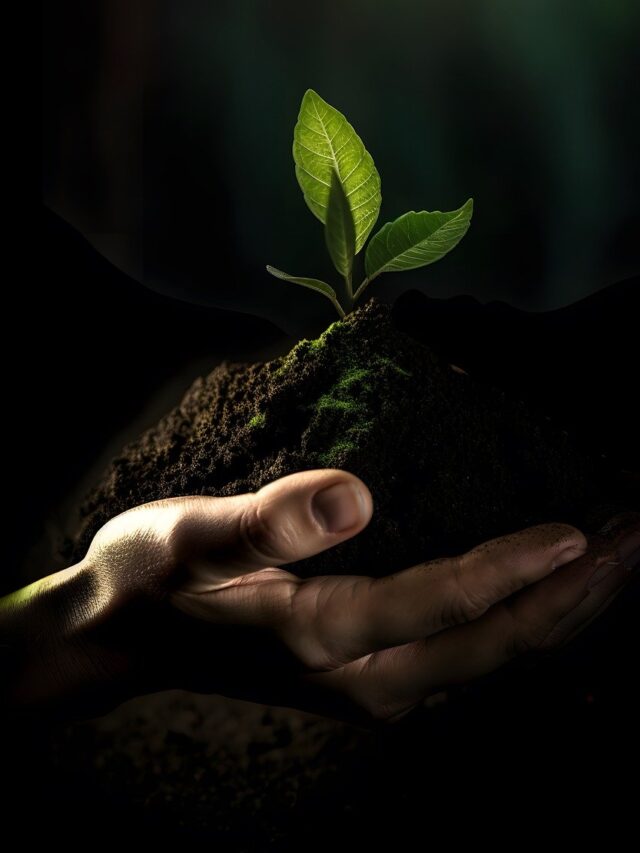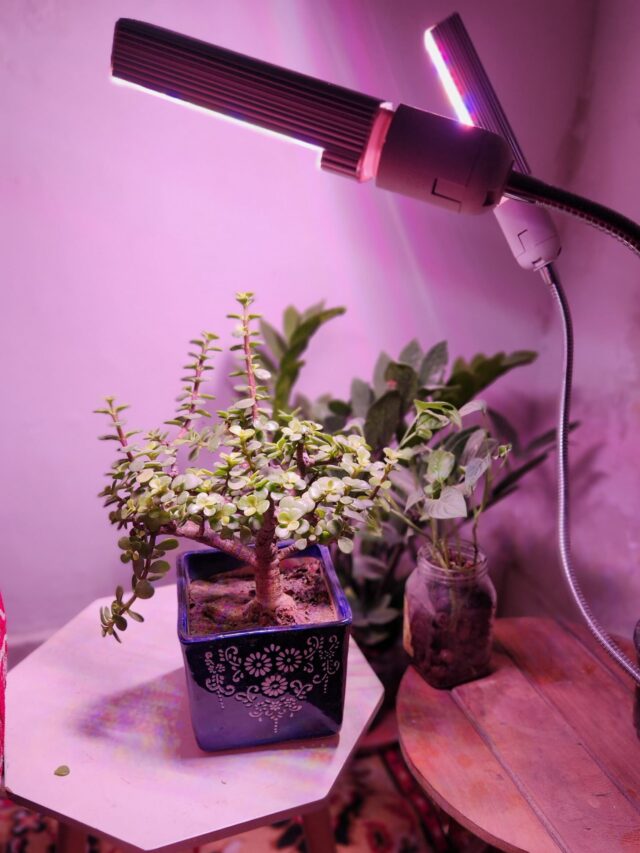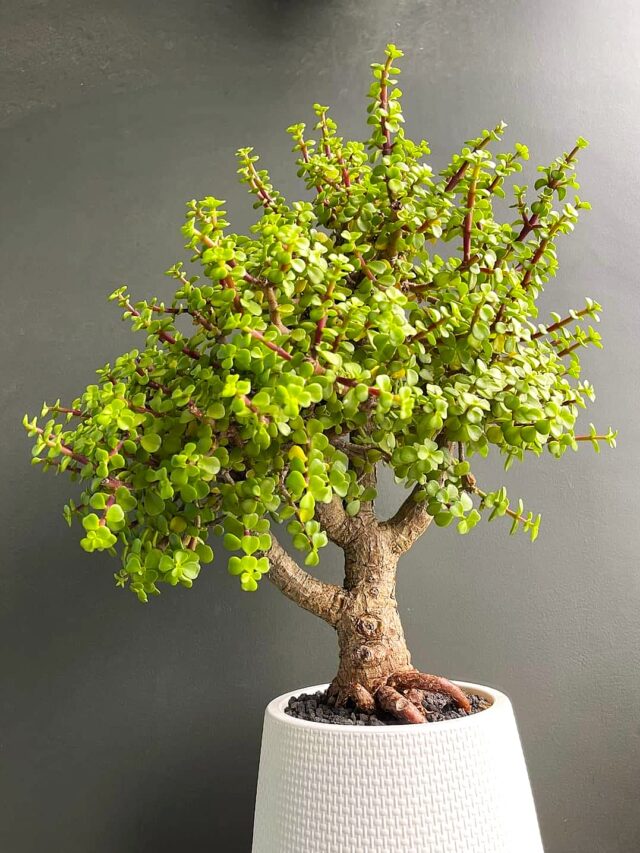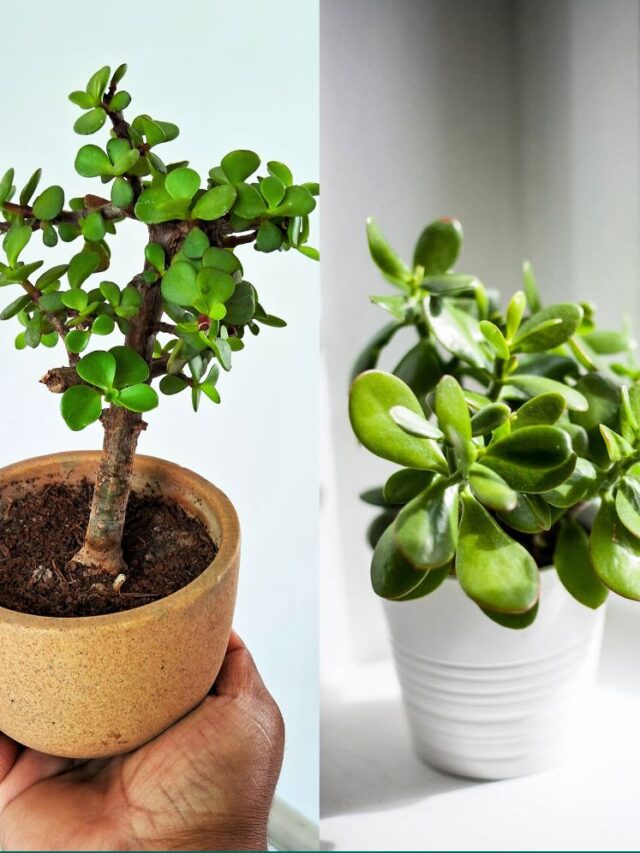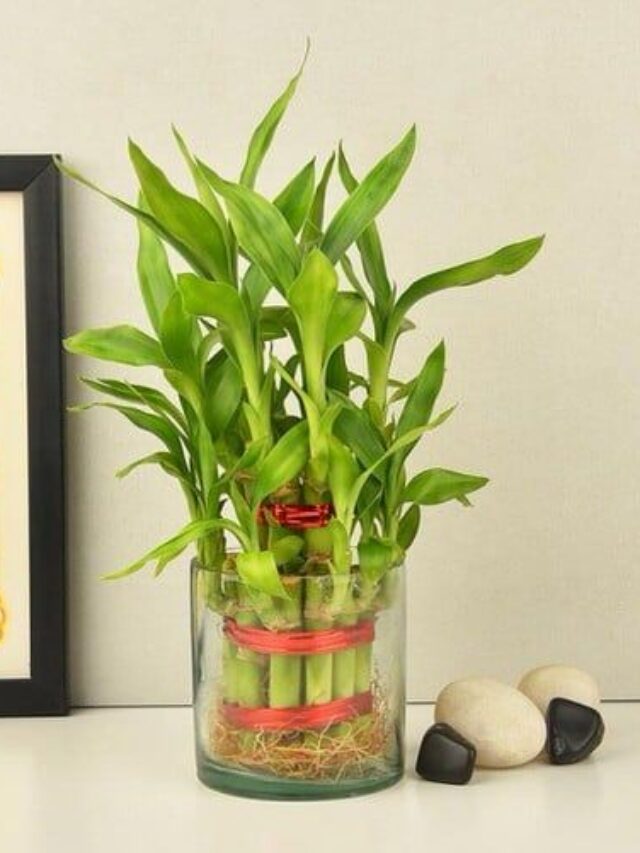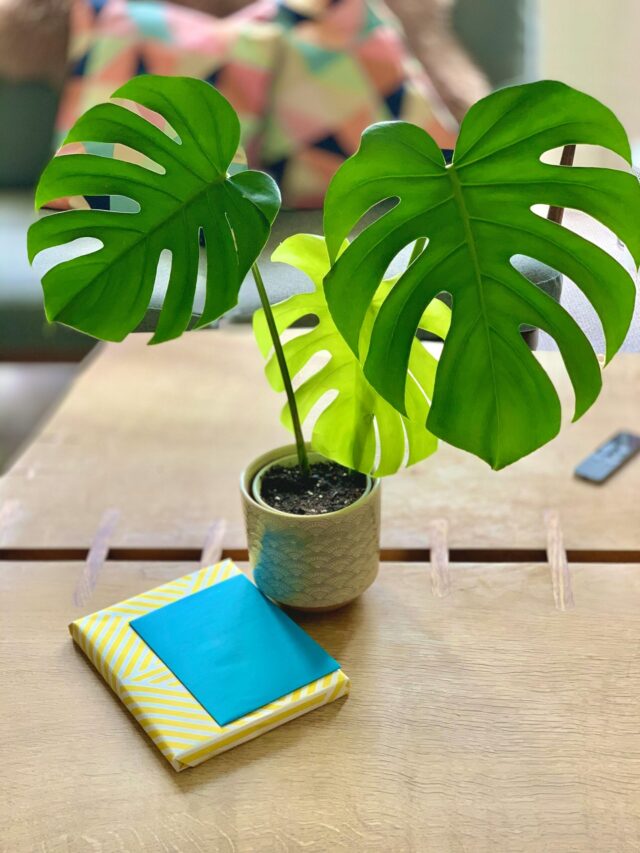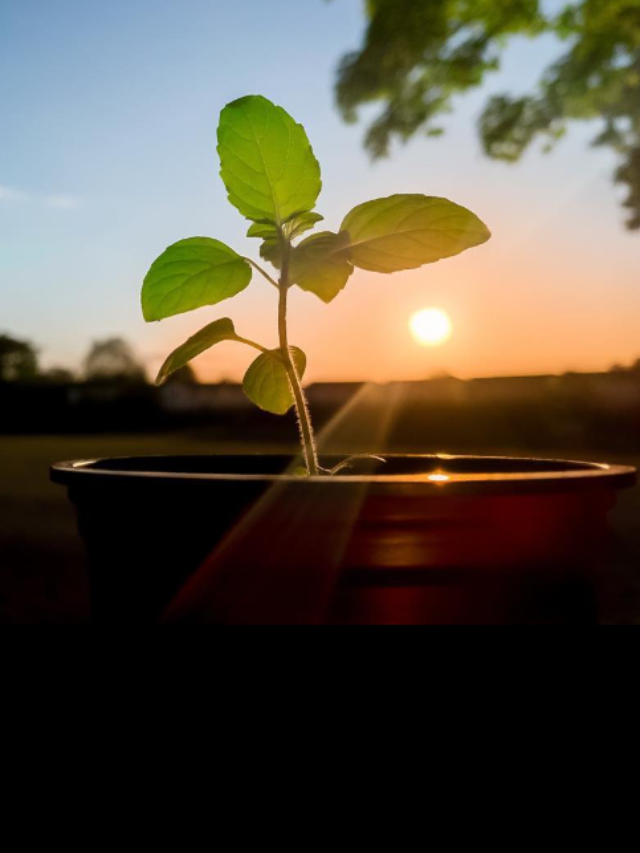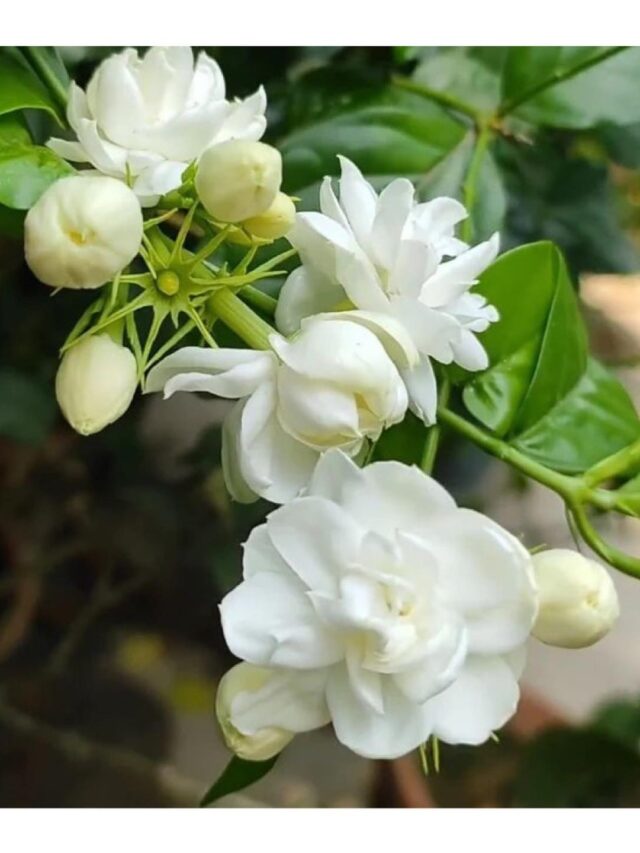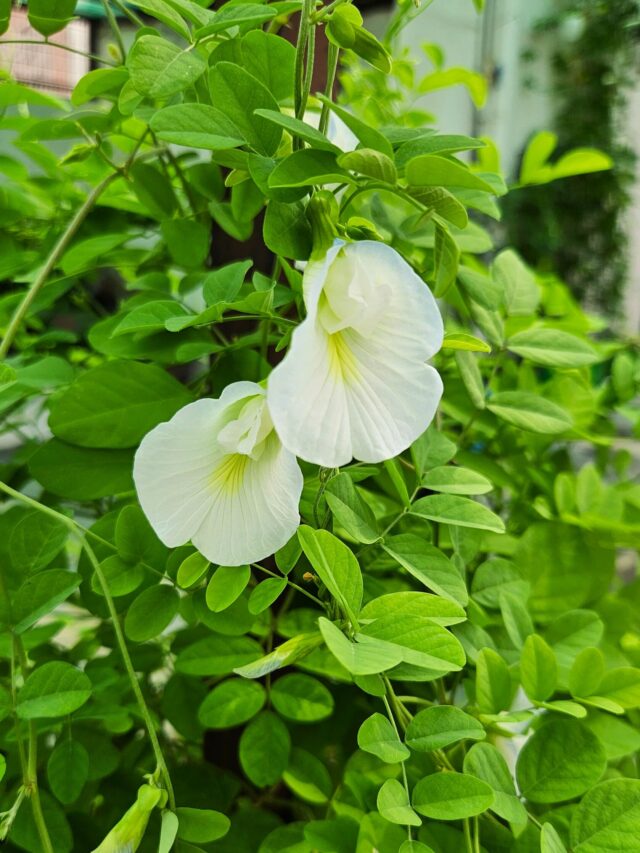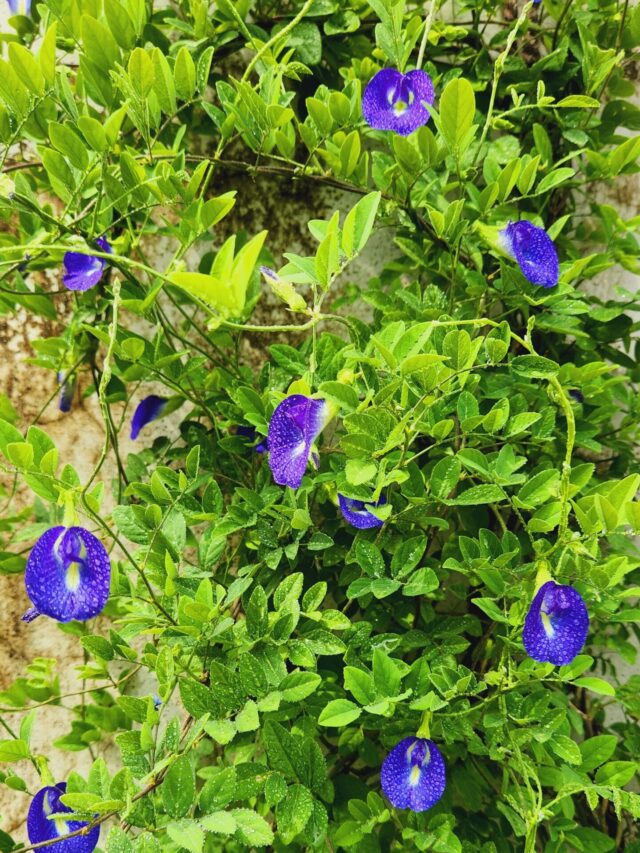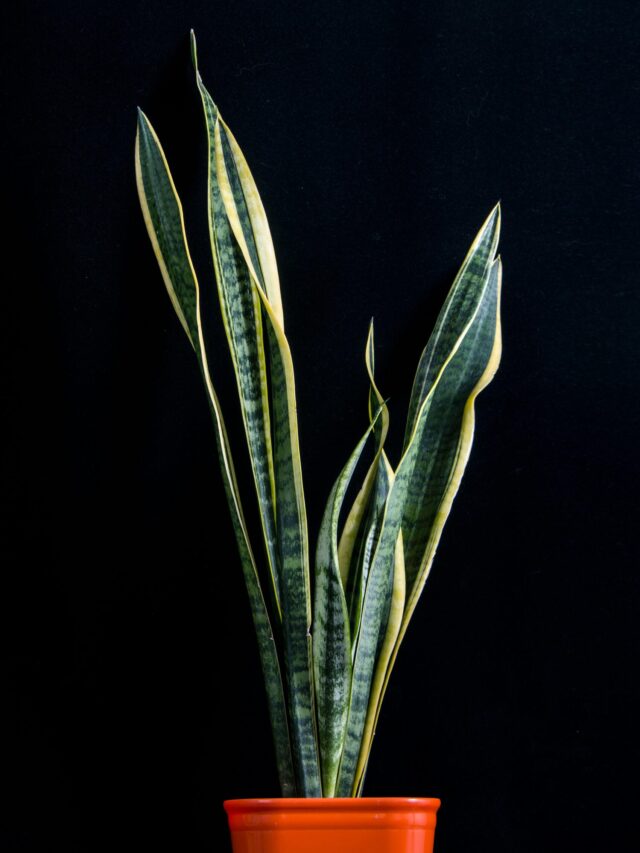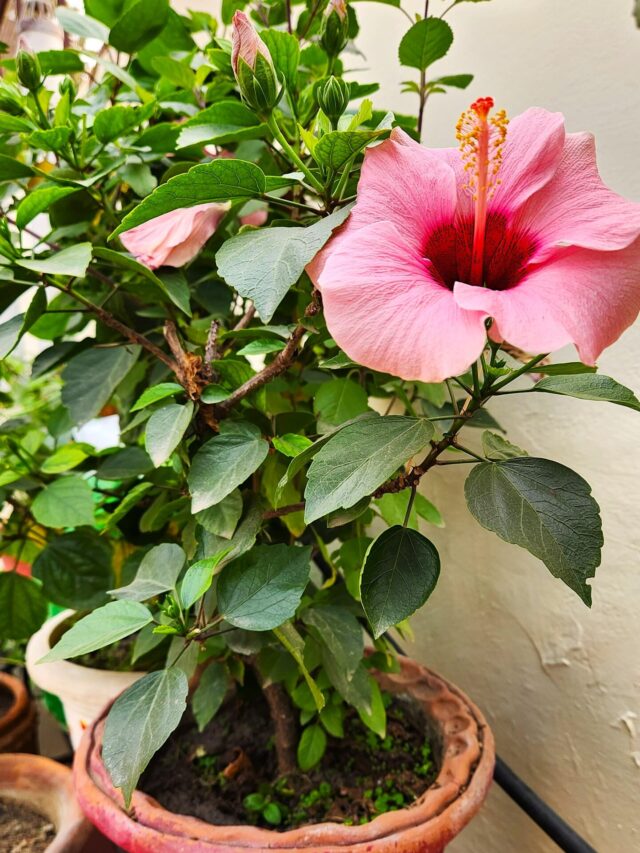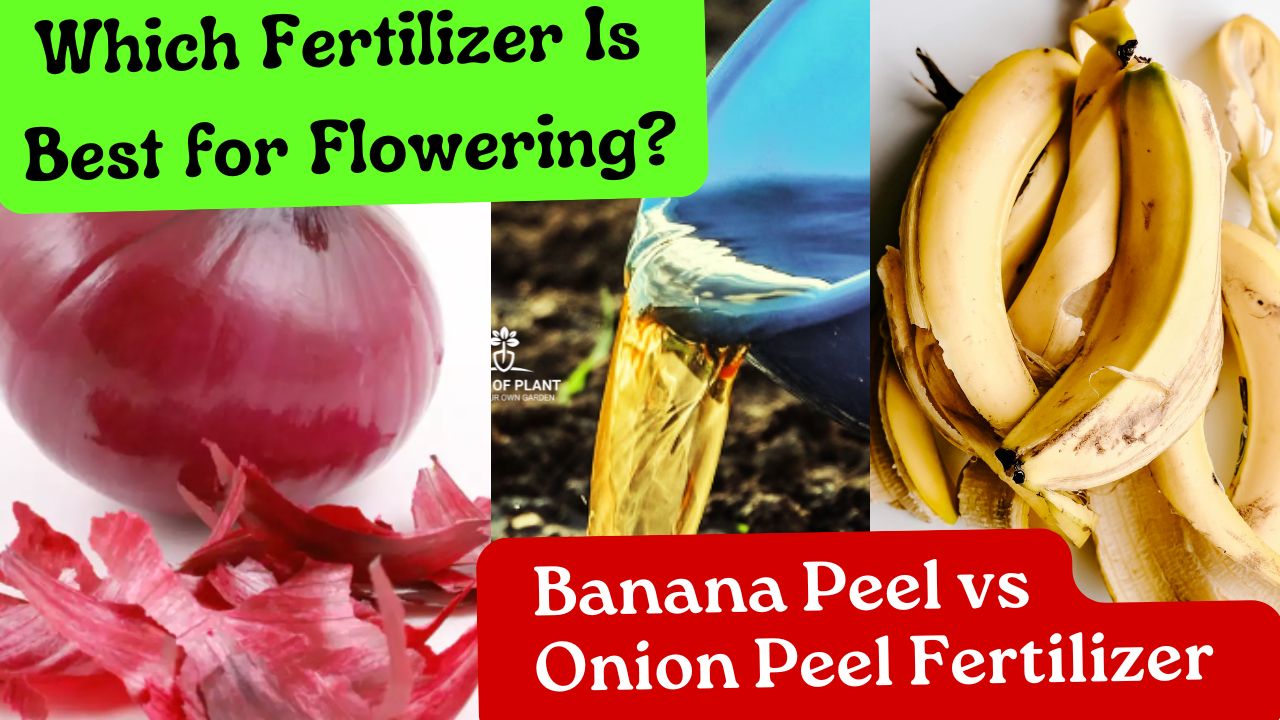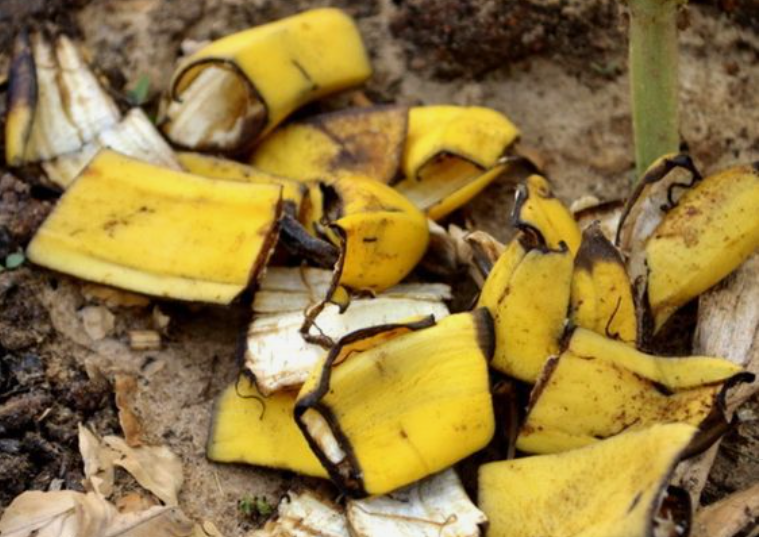Which Fertilizer Is Best for Flowering?
When it comes to flowering plants, providing the right nutrients can make all the difference between a garden full of vibrant blooms or one that struggles to thrive. Organic fertilizers, like banana peel and onion peel fertilizers, have gained popularity among gardeners for their cost-effectiveness and eco-friendliness.
But which one is better for encouraging flowers to bloom? In this article, we’ll dive deep into the benefits, preparation methods, and effectiveness of banana peel and onion peel fertilizers to help you choose the best liquid fertilizer for flowering plants.
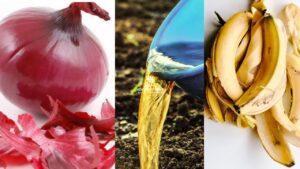
Importance of Fertilizers for Flowering Plants
Flowering plants need a well-balanced supply of essential nutrients to produce blooms. Key nutrients like potassium, phosphorus, and trace minerals play vital roles in enhancing flower development, improving color, and increasing the number of blooms.
- Without these nutrients, plants may struggle to flower or produce weak, dull blooms.
Which Fertilizer Is Best for Flowering?
Banana Peel Fertilizer
Nutrient Profile of Banana Peels
Banana peels are a treasure trove of nutrients, particularly potassium, which is crucial for flowering. They also contain phosphorus and calcium, though in smaller amounts. These nutrients support root development, strengthen stems, and boost flower production.
How Banana Peel Fertilizer Benefits Flowering Plants
Potassium in banana peels directly encourages flowering, helping plants produce more abundant and vibrant blooms. Additionally, calcium strengthens plant cell walls, reducing the risk of diseases, while phosphorus supports root health.
How to Make Banana Peel Liquid Fertilizer
Making banana peel fertilizer is simple:
- Gather 3–4 banana peels and chop them into small pieces.
- Soak the pieces in a liter of water for 24–48 hours.
- Strain the solution and store it in a spray bottle or watering can.
- Apply the liquid to the soil around your plants or spray directly onto the leaves.
Tips:
- Use the fertilizer every 1–2 weeks for best results.
- Dilute the solution if using it on delicate plants.
Must read this; Benefits of Banana Peel Liquid Fertilizer
Onion Peel Fertilizer
Nutrient Profile of Onion Peels
Onion peels are rich in potassium and sulfur, both of which are vital for plant health. They also contain antioxidants and other trace minerals that promote resilience against pests and diseases.
How Onion Peel Fertilizer Benefits Flowering Plants
Potassium in onion peels supports flowering and improves the overall health of the plant, while sulfur boosts enzyme production, aiding in photosynthesis and pest resistance. The antioxidants provide an additional layer of protection against environmental stress.
How to Make Onion Peel Liquid Fertilizer
To prepare onion peel fertilizer:
- Collect onion peels from 3–4 onions.
- Boil the peels in 1 liter of water for 10–15 minutes.
- Allow the mixture to cool, then strain the liquid into a container.
- Use the liquid as a soil drench or foliar spray.
Tips:
- Apply once every two weeks.
- Store any leftover fertilizer in a cool, dark place for up to a week.
Banana Peel Fertilizer vs. Onion Peel Fertilizer
Nutritional Comparison
While both fertilizers provide potassium, banana peels have slightly higher levels, making them more targeted for flowering.
- Onion peels, on the other hand, offer sulfur and antioxidants, which support overall plant health and pest resistance.
Ease of Preparation
Both Banana peel fand Onion Peel Liquid fertilizer is easier to prepare, requiring only soaking.
Effectiveness on Flowering Plants
If your primary goal is abundant, vibrant blooms, banana peel fertilizer might be the better choice.
- However, onion peel fertilizer can complement banana peel fertilizer by strengthening the plant’s defenses and overall health.
Check this; Benefits of Onion Peel Liquid Fertilizer
Conclusion
Both banana peel and onion peel fertilizers are excellent choices for flowering plants, each offering unique benefits. Banana peel fertilizer is ideal for promoting vibrant blooms, while onion peel fertilizer enhances plant health and pest resistance.
For the best results, consider using a combination of both. By experimenting and observing your plants’ response, you’ll find the perfect formula for a thriving garden full of stunning flowers.
Follow our Social media channel:
1. Voice of Plant – YouTube Channel
2. Voice of Plant Facebook Page
3. Instagram Voice of Plant Channel
Happy Gardening !!
